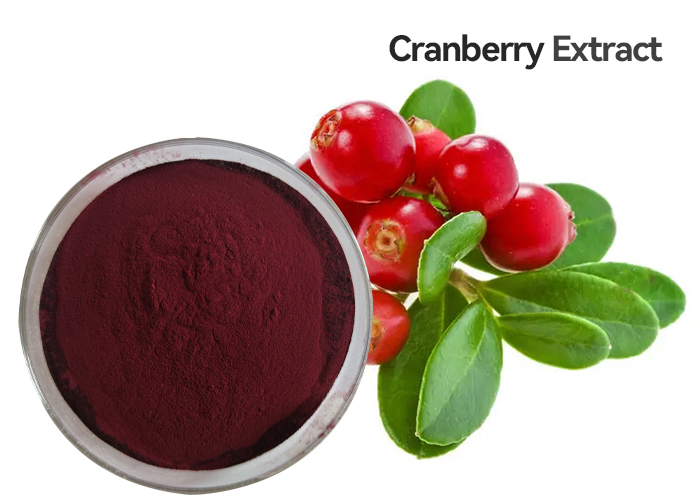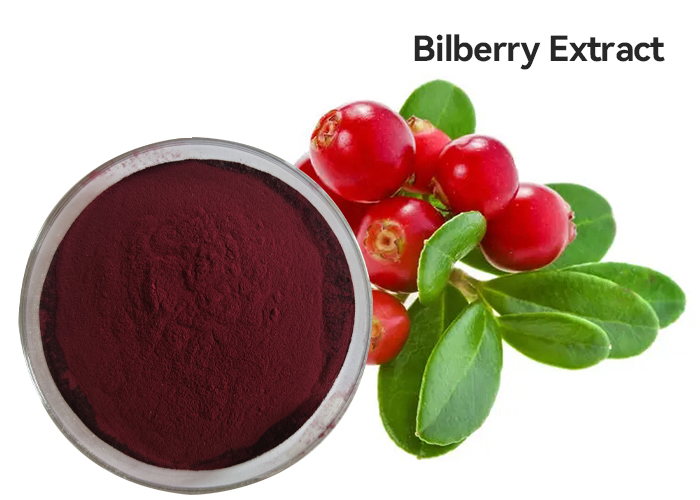Bilberry Extract
The bilberry is native to northern areas of Europe and Asia, the northern United States, and Canada. Its dark berries resemble blueberries.
Bilberry has been used for medicinal purposes since the Middle Ages. The berries and leaves are the parts of the plant that are used. Historically, bilberry has been used for a variety of conditions, including diarrhea, inflammation of the mouth, urinary problems, and diabetes. It’s also been used traditionally to prevent scurvy, due to its high vitamin C content. During World War II, British pilots ate bilberry jam, thinking it would improve their night vision.
Today, bilberry is promoted as a dietary supplement for night vision, cataracts, varicose veins, and other conditions such as atherosclerosis (in which plaque builds up in arteries).
Product Name | Latin Name | Specification |
Bilberry Extract | Vaccinium uliginosum L. / Vaccinium myrtillus L. | Anthocyanins 1%-36% Anthocyanidins 1%-25% |











